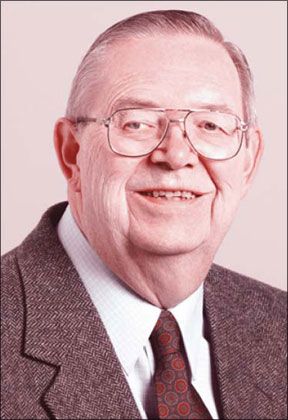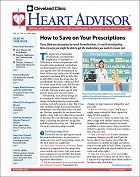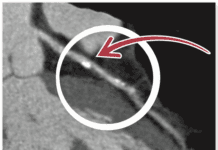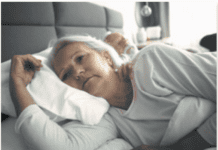Hypertension affects an estimated 75 percent of individuals age 60 and older. The elderly represent the fastest growing segment of society with isolated systolic hypertension-that is a systolic (top number) reading of more than 140 mm Hg and a diastolic (lower number) reading of less than 90 mm Hg. Its the most common form of hypertension and a strong predictor of cardiovascular disease risk in the elderly. Treatment recommendations have emphasized that systolic blood pressure should be the primary target in managing hypertension among elderly patients, and treatment guidelines have recommended that the goal for therapy should be systolic blood pressure (SBP) of less than 140 mm Hg and a diastolic blood pressure (DBP) of less than 90 mm Hg. Similar treatment goals are also recommended for younger populations. In patients with diabetes, chronic kidney disease or coronary artery disease, even lower blood pressures (SBP of less than 130 and DBP of less than 80 mm Hg) have been recommended.
To continue reading this article or issue you must be a paid subscriber.
Sign in






